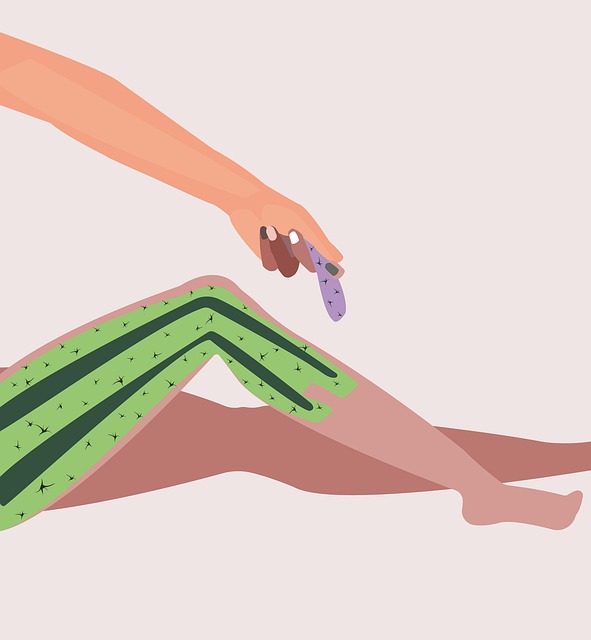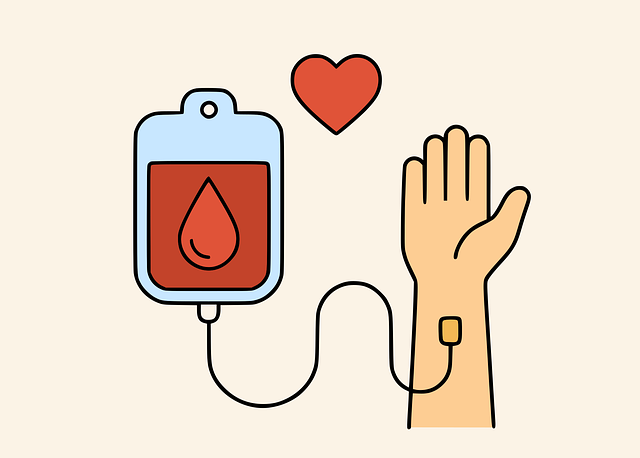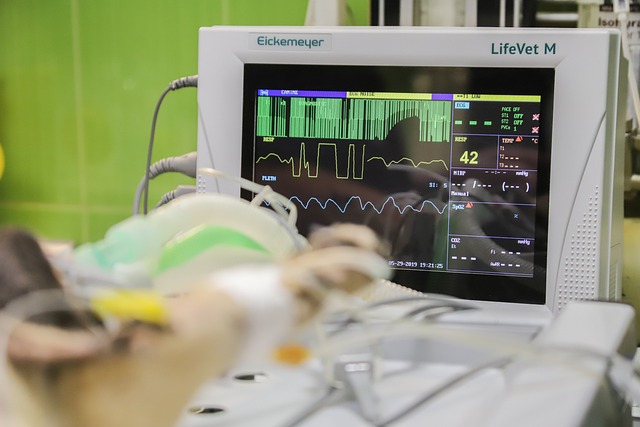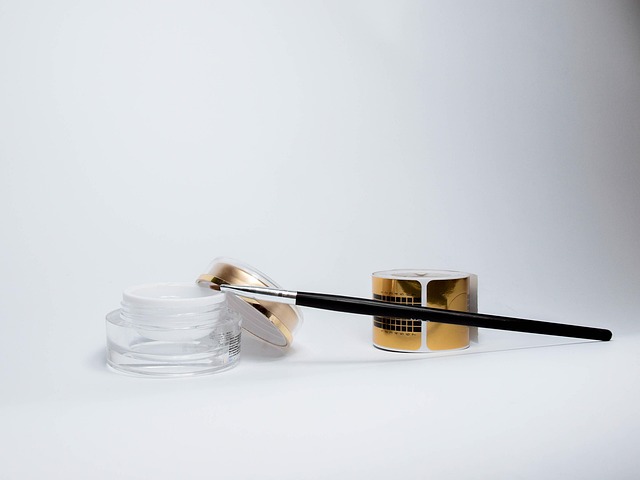Stubborn warts caused by HPV require specialized treatment. Outpatient wart removal procedures offer efficient, quick solutions at clinics like Doncaster Wart Clinic and Sheffield Wart Removal Centre. These methods, such as cryotherapy or surgical excision, minimize disruption to daily life. Post-care includes cleanliness, handwashing, pain relief, and avoiding contact with the wart to ensure faster recovery. Professional treatment at medical spas provides safer, more effective results compared to DIY methods.
Are you tired of dealing with stubborn warts that just won’t go away? Understanding the causes and risk factors is the first step towards fast relief. This article delves into effective treatments, from traditional outpatient wart removal procedures to modern innovations, offering quick solutions for a smooth, wart-free life. Learn essential post-care tips to accelerate healing and bid farewell to these pesky growths once and for all.
- Understanding Stubborn Warts: Causes and Risk Factors
- Traditional Outpatient Wart Removal Procedures Explained
- Modern Treatments for Fast and Effective Relief
- Post-Procedure Care: Accelerating Healing Process
Understanding Stubborn Warts: Causes and Risk Factors

Stubborn warts can be a persistent and uncomfortable issue, often requiring more than over-the-counter treatments to banish them completely. Understanding their causes and risk factors is the first step towards effective treatment. These growths are caused by the human papillomavirus (HPV), which has over 100 types, some more aggressive than others. Certain types of HPV are more likely to cause stubborn warts, often leading to prolonged periods of skin irritation or immuno-suppression.
Several factors can increase the likelihood of developing and sustaining these warts. Age is a significant consideration; children and teenagers are more susceptible due to their immature immune systems, while older adults may experience them as a result of reduced immunity. Contact with infected individuals or surfaces, poor skin health, and certain medical conditions are also risk factors. For instance, a visit to a Doncaster wart clinic or Sheffield wart removal centre might be the best time to address these issues, ensuring effective outpatient wart removal procedures.
Traditional Outpatient Wart Removal Procedures Explained

Many people turn to outpatient wart removal procedures when dealing with stubborn warts that refuse to go away on their own. These treatments are designed to be quick, efficient, and relatively painless, allowing patients to resume their normal activities soon after the procedure. Common outpatient wart removal methods include cryotherapy, where extreme cold is used to freeze and destroy the wart, and surgical excision, which involves cutting out the wart.
At clinics like Essex Colchester Wart Clinic, professionals offer a range of cost-effective options for wart removal tailored to individual needs. Alternatively, Sheffield Wart Clinic also provides advanced treatments that ensure quick relief without causing significant discomfort. These specialized facilities emphasize safety, effectiveness, and patient comfort, making outpatient wart removal a viable solution for those seeking swift and lasting results.
Modern Treatments for Fast and Effective Relief

In today’s world, there are numerous modern treatments available that offer fast and effective relief from stubborn warts. One popular option is the outpatient wart removal procedure, which has gained significant traction due to its convenience and efficiency. This procedure involves a healthcare professional using specialized tools and medications to target and eliminate warts without the need for extensive downtime. The process is typically quick, comfortable, and can provide immediate results, making it an attractive choice for those seeking swift solutions.
For individuals with specific needs, such as pregnant women or those in search of private wart removal options, there are tailored treatments available. For instance, the Epsom salt method, a private wart removal technique common in Canterbury, involves soaking the affected area in a solution of warm water and Epsom salt to soften and eventually remove the wart. This at-home approach offers discretion and accessibility but may require patience and persistence. Alternatively, consulting with a dermatologist for personalized advice on wart removal, including options suitable for pregnant women, can ensure safe and effective treatment tailored to individual circumstances.
Post-Procedure Care: Accelerating Healing Process

After an outpatient wart removal procedure, proper post-care is essential to accelerate healing and minimize discomfort. It’s crucial to keep the treated area clean and dry; washing your hands frequently helps prevent recontamination. Over-the-counter pain relievers can be taken as needed to manage any mild discomfort or itching. Avoid scratching or touching the wart, as this may lead to further infections or the return of the wart.
While some people attempt to remove warts themselves using home remedies, it’s generally recommended to seek professional treatment, especially for stubborn cases. Best medical spas for wart removal, like those found in the West Midlands, Wolverhampton area, offer safe and effective outpatient wart removal procedures. These facilities are equipped with advanced techniques and experienced professionals who can recommend the best approach for your specific case, ensuring optimal results and faster healing compared to DIY methods.
In conclusion, stubborn warts can be a persistent issue, but modern treatments offer effective and fast relief. Understanding the causes and risk factors is the first step towards successful management. Traditional outpatient wart removal procedures provide a reliable option, while modern innovations promise quicker results. Following post-procedure care guidelines ensures optimal healing and minimizes complications. With the right approach, achieving smooth, wart-free skin is within reach.
